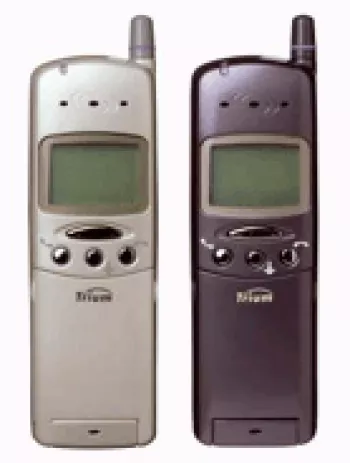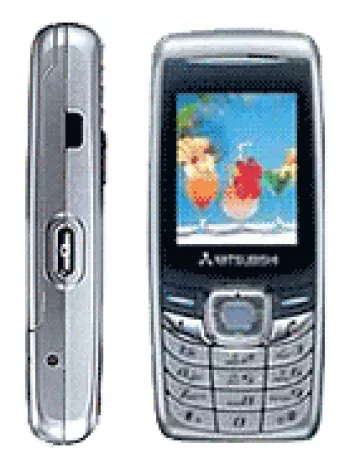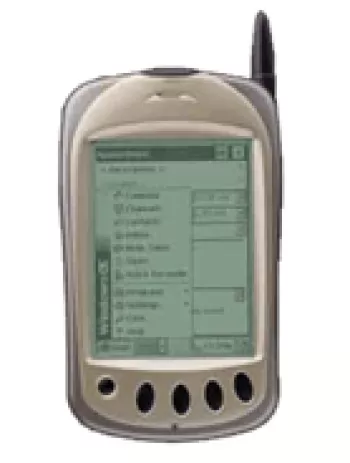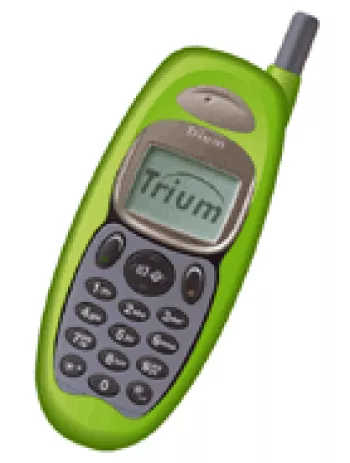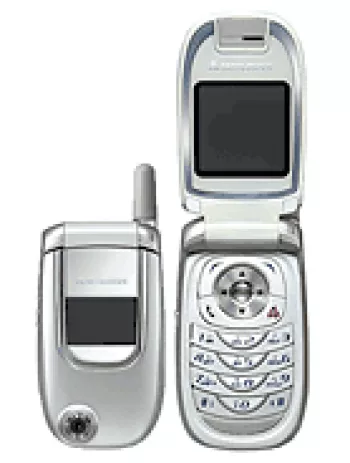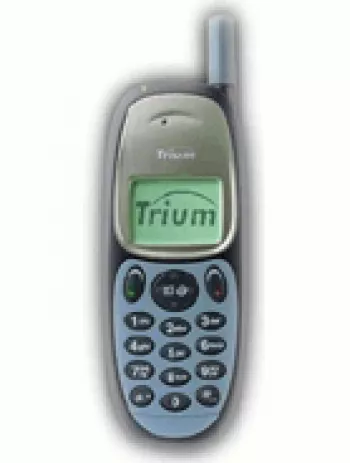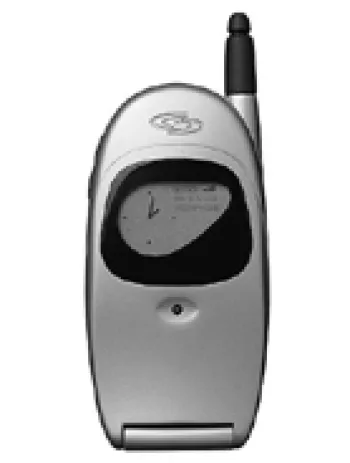Mitsubishi M21i Specs Prices Pros & Cons Unveiled

Introduction to Mitsubishi M21i
The Mitsubishi M21i was a notable entry into the early mobile phone market, announced in 2003. While the device has been discontinued, it remains a fascinating piece of tech history, offering an insight into the mobile technologies and consumer preferences of the early 2000s. This article delves into the specifications and features of the Mitsubishi M21i, highlighting its design, functionality, and the way it catered to user needs during its time.
Network Capabilities
The Mitsubishi M21i supported GSM technology and was compatible with GSM 900 and 1800 bands. It featured GPRS Class 8, which was a standard level of data communication available for mobile devices at that time. However, it did not support EDGE technology, which was introduced later for faster data speeds.
Launch and Availability
Announced in 2003, the M21i had a moderate presence in the mobile phone market before being discontinued. It was a typical example of early mobile communication technology and was mainly targeted at consumers looking for basic phone functionalities without modern smartphone features.
Physical Design
The body of the Mitsubishi M21i measured 115 x 47 x 19 mm, with a weight of 95 g, making it relatively lightweight and compact for its time. It used a Mini-SIM and was available in three different colors: Quartz Gold, Frozen Silver, and Marine Blue. This selection provided consumers with some degree of personalization in terms of aesthetic appeal.
Display Features
A significant highlight of the M21i was its CSTN display which supported 4096 colors, offering a basic but colorful visual experience. The resolution stood at 128 x 141 pixels, adequate for displaying simple graphical elements and text, yet far from the clarity of modern devices.
Memory and Storage
The device did not support expandable storage via card slots, which was typical for feature phones of that era. However, it did include an internal phonebook capable of storing 255 entries across six fields, providing users with the ability to manage their most crucial contacts effectively.
Audio and Alert Options
The M21i featured a loudspeaker and could handle vibration alerts, enhancing its effectiveness in various noisy or quiet environments. It supported downloadable polyphonic ringtones and even allowed users to compose their own, adding a level of customization to their user experience. However, it lacked a 3.5mm audio jack, limiting private listening options.
Communication and Connectivity
Connectivity options on the Mitsubishi M21i were minimal, as expected for the period it was released. It did not support WLAN, Bluetooth, or radio, but did include an Infrared port, allowing for limited data transfer capabilities between compatible devices. This feature was significant before the widespread adoption of Bluetooth technology.
Features and Applications
Operating as a feature phone, the M21i supported SMS and Email messaging, with the novel ability to attach melodies to emails. It was equipped with iMode for basic browsing, allowing users to visit simplified web pages and access online content. The device included two pre-installed games, Rayman Bowling and Rayman Garden, offering users some entertainment options.
Battery and Power Management
Powering the M21i was a removable Li-Ion 900 mAh battery. This setup offered a reasonable standby time of up to 350 hours and a talk time of up to 4 hours, which was typical for phones in this category. The removable battery design meant that users could potentially swap batteries to extend usage time without needing to find a power source immediately.
Conclusion
The Mitsubishi M21i was a reflection of its time, offering basic functionality and some personalization options. It was positioned as a reliable communication tool that combined essential mobile features without the complexities of more advanced technological integrations. Despite its eventual discontinuation, devices like the M21i laid the groundwork for mobile design and usability in the years that followed.
Key Features of Mitsubishi M21i
- Compact dimensions: 115 x 47 x 19 mm, making it easy to handle and carry.
- Lightweight design: Weighs only 95 g for enhanced portability.
- Mini-SIM support for GSM networks (GSM 900 / 1800).
- Colorful display: CSTN screen with 4096 colors and a resolution of 128 x 141 pixels.
- Photo call support with a phonebook capacity of 255 entries, each with 6 fields.
- Vibrant loudspeaker and polyphonic ringtones for a rich audio experience.
- Infrared port for data transfer.
- Messaging capabilities include SMS and Email with melody attachments.
- iMode browser for basic internet browsing.
- Pre-installed games: Rayman Bowling and Rayman Garden.
- Long battery life with a removable Li-Ion 900 mAh battery: Stand-by time up to 350 hours and talk time up to 4 hours.
- Available in three colors: Quartz gold, Frozen silver, and Marine blue.
Disadvantages of Mitsubishi m21i
- Lacks EDGE support.
- No camera included.
- Limited display with only 4096 colors and resolution of 128 x 141 pixels.
- No expandable memory card slot.
- Absence of 3G, 4G, and 5G capabilities.
- No Bluetooth connectivity.
- No WiFi or GPS support.
- Does not include a 3.5mm headphone jack.
- No FM radio feature.
- Limited to iMode browser, lacking modern web browsing capabilities.
- No Java support for additional applications.
- Discontinued model, no longer available on the market.

View Also
More Phones
All Rights Reserved +14266 Phones © Mobilawy 2025















